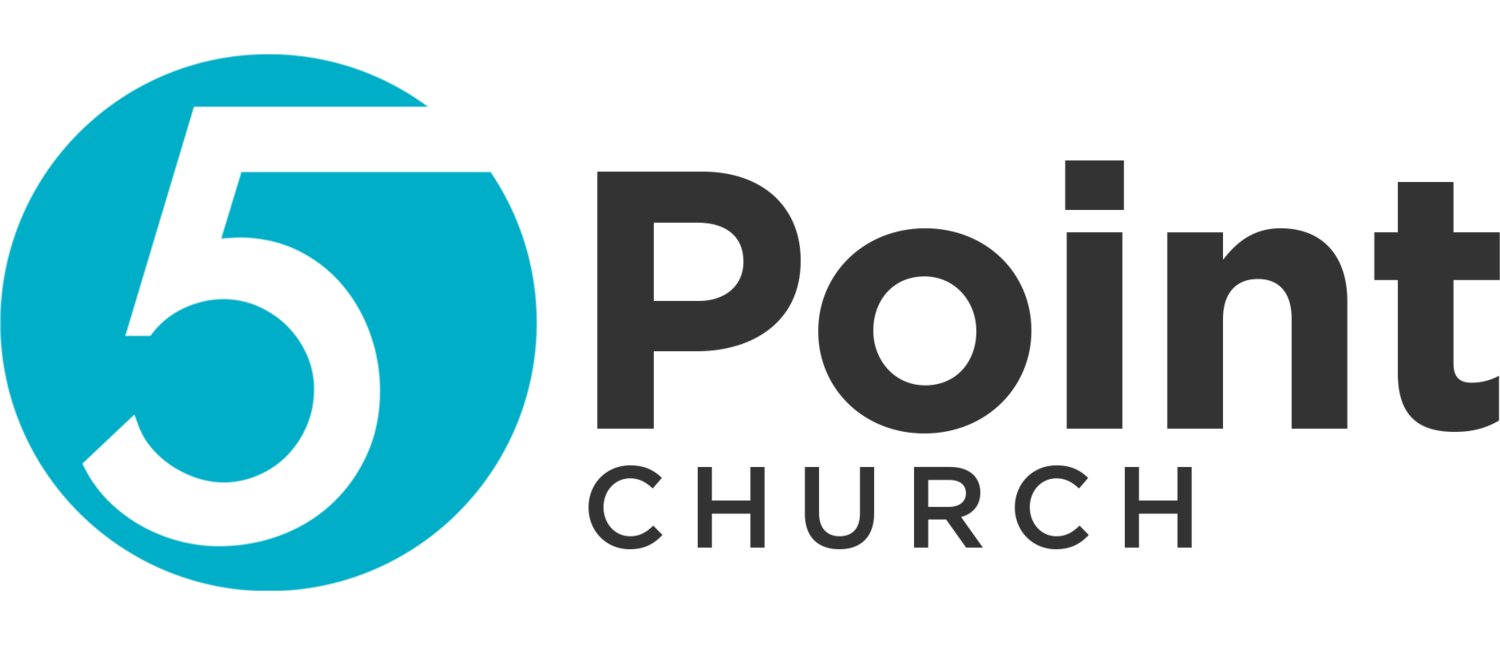Book of John: John 11-12
This week we continued through the Gospel of John, focusing on chapters 11 and 12, and anchored around one big idea: John wants us to see and believe that Jesus is truly the Son of God, the promised Messiah. He builds that case through signs, “I Am” statements, and key conversations—moving us from curiosity to conviction, and from conviction to committed lives shaped by Jesus. We were reminded of Jesus’s clear claim in John 10, “I and the Father are one.” No ambiguity—Jesus is God. John writes with intentionality so we connect Jesus’s words, His works, and the responses of the people around Him.
In John 11, we watched Jesus raise Lazarus from the dead—the seventh sign in John’s Gospel. Mary and Martha sent for Jesus when their brother fell ill, expecting a healing. Jesus delayed, not because He didn’t care, but because He was working toward a greater purpose: the glory of God and the strengthening of faith. Many of us know the sting of unmet expectations in prayer, and the passage lovingly pushes us to trust that God is after something bigger than our timeline. When Jesus arrived, He declared, “I am the resurrection and the life.” Resurrection isn’t just a future event—it’s a person, and He was standing right in front of them. He wept with Mary, commanded the stone to be rolled away, prayed so the crowd would believe, and then called Lazarus out. Lazarus walked out alive, still wrapped in grave clothes. Then Jesus told the people, “Unbind him and let him go.” If He could raise the dead, He could have removed the grave clothes Himself—but He involved His followers on purpose. Jesus saves, and He calls us to partner with Him in discipleship, helping people move from death to life in practical ways.
Not everyone celebrated. The religious leaders saw Lazarus alive and panicked, more concerned about protecting their position than honoring God. That contrast sets up the heart responses we see in John 12. Jesus is in Bethany, sharing a meal with Lazarus, Mary, and Martha. In a male-dominated culture, Mary did something shocking and beautiful: she came into the room, knelt at Jesus’s feet, and anointed them with a pound of pure nard—an incredibly expensive perfume worth about a year’s wages—then wiped His feet with her hair. It was lavish, humble, and countercultural. If you’ve wondered what true worship looks like, here it is: gladly surrendering status, comfort, and resources to honor the One who gave everything for us. Mary understood what the disciples kept missing—Jesus was going to Jerusalem to die and rise again. When you realize someone is willing to die for you, it changes you. It makes you want to serve, give, and worship without holding back.
Judas wasn’t impressed. He complained that the perfume should have been sold and the money given to the poor, but the text exposes his heart—he wanted access to the money bag. Jesus defended Mary: “Leave her alone… For the poor you always have with you, but you do not always have me.” Jesus isn’t dismissing the poor; He’s revealing the priority of worshiping Him rightly and recognizing who He is. When our hearts are captured by Christ, generosity toward others naturally flows—but it begins with worship.
We also took a fresh look at Thomas. Many of us know him as “Doubting Thomas,” but in John 11:16 he was ready to die with Jesus. That doesn’t sound like someone doubting Jesus’s identity. After the arrest and scattering of the disciples, Thomas’s hesitation may have been more about distrusting people who said one thing and did another than distrusting Jesus Himself. Jesus met Thomas gently in John 20—“Peace be with you”—and invited him to touch His wounds. Thomas responded, “My Lord and my God.” Jesus showed compassion for honest wrestlers and called Thomas to belief. The challenge for us is to own our shortcomings and invite people to see Jesus in us, not hypocrisy. When we fall in love with Jesus, we naturally want to worship, read the Word, serve, speak of Him, and give—because the Holy Spirit shifts our desires from self-centered to Christ-centered.
Discipleship next steps:
Sit at Jesus’s feet daily this week in prayer and Scripture—spend time in John 11–12 and ask the Holy Spirit to deepen your faith and align your expectations with God’s will.
Practice humble, costly worship. Offer Jesus something that stretches you—your time, comfort, or resources—as an act of love.
Join Jesus in “unbinding” work. Identify someone new to faith or spiritually seeking, share your story, invite them into community, and help them take practical steps toward freedom.
Choose one area where your life needs to align with your confession (speech, generosity, integrity, forgiveness) and obey Jesus there this week.
Celebrate what God is doing in others. When you hear of a miracle or answered prayer, rejoice and thank Him—let a grateful heart open you to what He wants to do in you.
